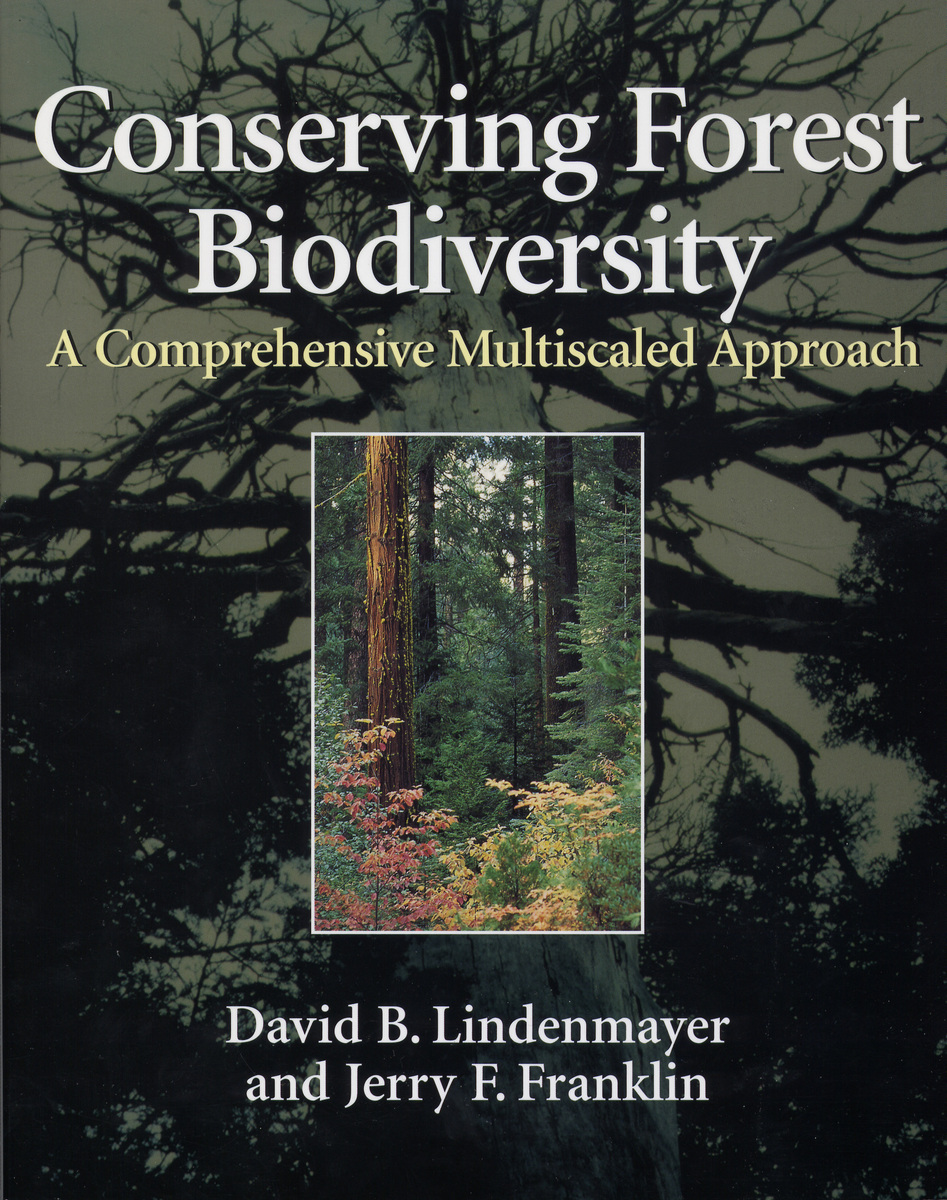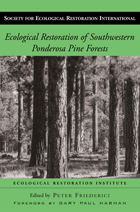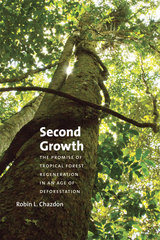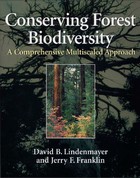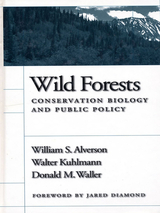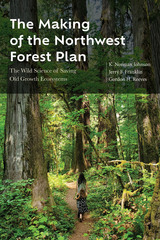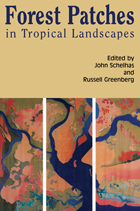Cloth: 978-1-55963-934-7 | Paper: 978-1-55963-935-4 | eISBN: 978-1-59726-853-0
Library of Congress Classification SD411.L56 2002
Dewey Decimal Classification 333.9516
While most efforts at biodiversity conservation have focused primarily on protected areas and reserves, the unprotected lands surrounding those area—the "matrix"—are equally important to preserving global biodiversity and maintaining forest health. In Conserving Forest Biodiversity, leading forest scientists David B. Lindenmayer and Jerry F. Franklin argue that the conservation of forest biodiversity requires a comprehensive and multiscaled approach that includes both reserve and nonreserve areas. They lay the foundations for such a strategy, bringing together the latest scientific information on landscape ecology, forestry, conservation biology, and related disciplines as they examine:
- the importance of the matrix in key areas of ecology such as metapopulation dynamics, habitat fragmentation, and landscape connectivity
- general principles for matrix management
- using natural disturbance regimes to guide human disturbance
- landscape-level and stand-level elements of matrix management
- the role of adaptive management and monitoring
- social dimensions and tensions in implementing matrix-based forest management
In addition, they present five case studies that illustrate aspects and elements of applied matrix management in forests. The case studies cover a wide variety of conservation planning and management issues from North America, South America, and Australia, ranging from relatively intact forest ecosystems to an intensively managed plantation.
Conserving Forest Biodiversity presents strategies for enhancing matrix management that can play a vital role in the development of more effective approaches to maintaining forest biodiversity. It examines the key issues and gives practical guidelines for sustained forest management, highlighting the critical role of the matrix for scientists, managers, decisionmakers, and other stakeholders involved in efforts to sustain biodiversity and ecosystem processes in forest landscapes.
See other books on: Forest biodiversity conservation | Forestry | Franklin, Jerry F. | Lindenmayer, David B. | Plant diversity conservation
See other titles from Island Press
